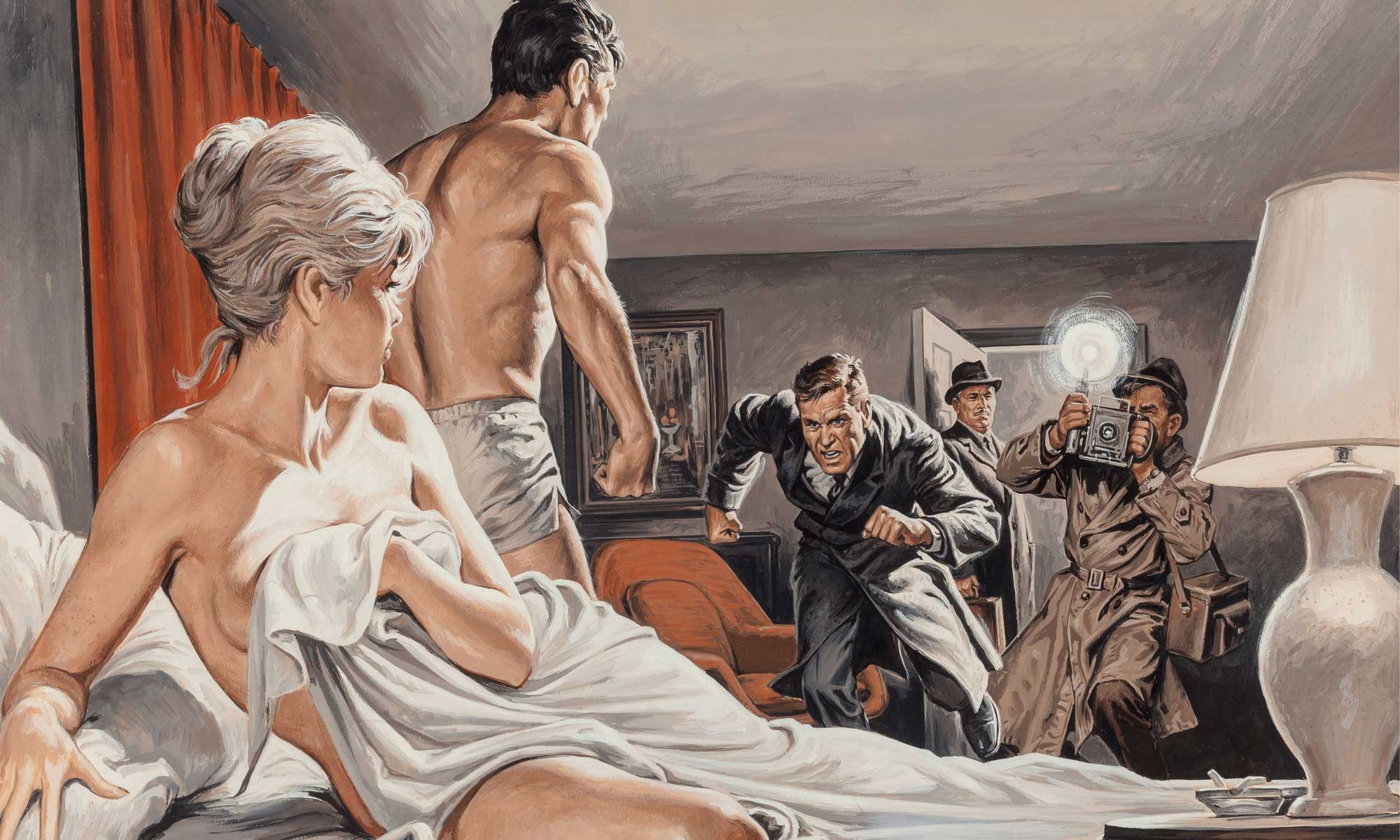More Cowbell!
I wanted to submit this for today’s Music League round (songs about drinking), but it’s not on Spotify. This one may surprise you. Atypical for PH, as it was written by their guitarist instead of one of their two keyboardists. He began asserting himself more in the later albums of his tenure with the band, sometimes for better, sometimes not. The one thing he should never have done is sing.
You Sold My Songs?
Ran across this one on the Disney. Pretty likely watch for me.
Who Stole It Better?
Killing Joke?
or Nirvana?
How Did I Miss This?
Smoking Popes album from 2018 with the original lineup! Tuck in, you filthy bastards!
Seeds Documentary!
Not sure how a doc about some of my favorite proto-punks got past me. This goes straight to the top of my list if it’s available anywhere.
Pod Save Us

The next step in my slouch toward senility is being a pedant with AI-based customer service. The above: me trying to interact with Xfinity as my home wi-fi goes rogue. Pretty sure it’s not a real person anymore, but a bland descendant of HAL-9000.
The phrase is “please rest assured” NOT NOT NOT
“please be rest assured.”
Old man yells at Chat-GPT server.
Pop-Punk Candy
Mrs. Renfield put me on to this sugar rush of an album (really more like a longish EP). Many tracks are one-idea songs, but who cares when the hook’s good and they don’t belabor the idea: all but one are under two minutes. It so happens this band/person/whatever played Gonerfest last week, although it was an afternoon slot on a 90-degree-plus day, so can’t say I’m sorry I missed them. But this stuff hits my sweet spot. Good hooks throughout. Here’s another:
Gerhardt Leigh Ludvig!
Thanks to G for mentioning this album in the Nashville Teens comments, which got me to finally listen to it. If you haven’t heard it, it’s a smoker. Jerry Lee’s in top form, and the Nashville Teens are red-hot.
There’s something funny about Germans going apeshit over Jerry Lee Lewis.
Many Memphians have Jerry Lee stories. Mine might be unique, as it does not involve sex, drugs, or guns (maybe because I never encountered him personally). Anyway, back in the mid-80’s I dated a girl for a while who lived downtown at the Waterford, which overlooks the Mississippi. Her apartment was a couple of stories down from the penthouse, where JL was living at the time. I never saw him (although said girl claimed he hit on her in the elevator a couple of times–he was in his 50’s and she was 19 or 20), but sometimes we could hear him playing. On nice evenings we’d hang out on her balcony. He must have had his balcony door open to catch the river breeze, because we could very clearly hear him practicing and noodling around. So I have this sort of magical memory of our lounging on the balcony, drinking beer, watching the sunset over the river, enjoying the breeze, and eavesdropping on the great JL playing the piano. A good time for sure.
Right-Hand Man
Roy’s right hand was an instrument in itself. Stunning strumming.
